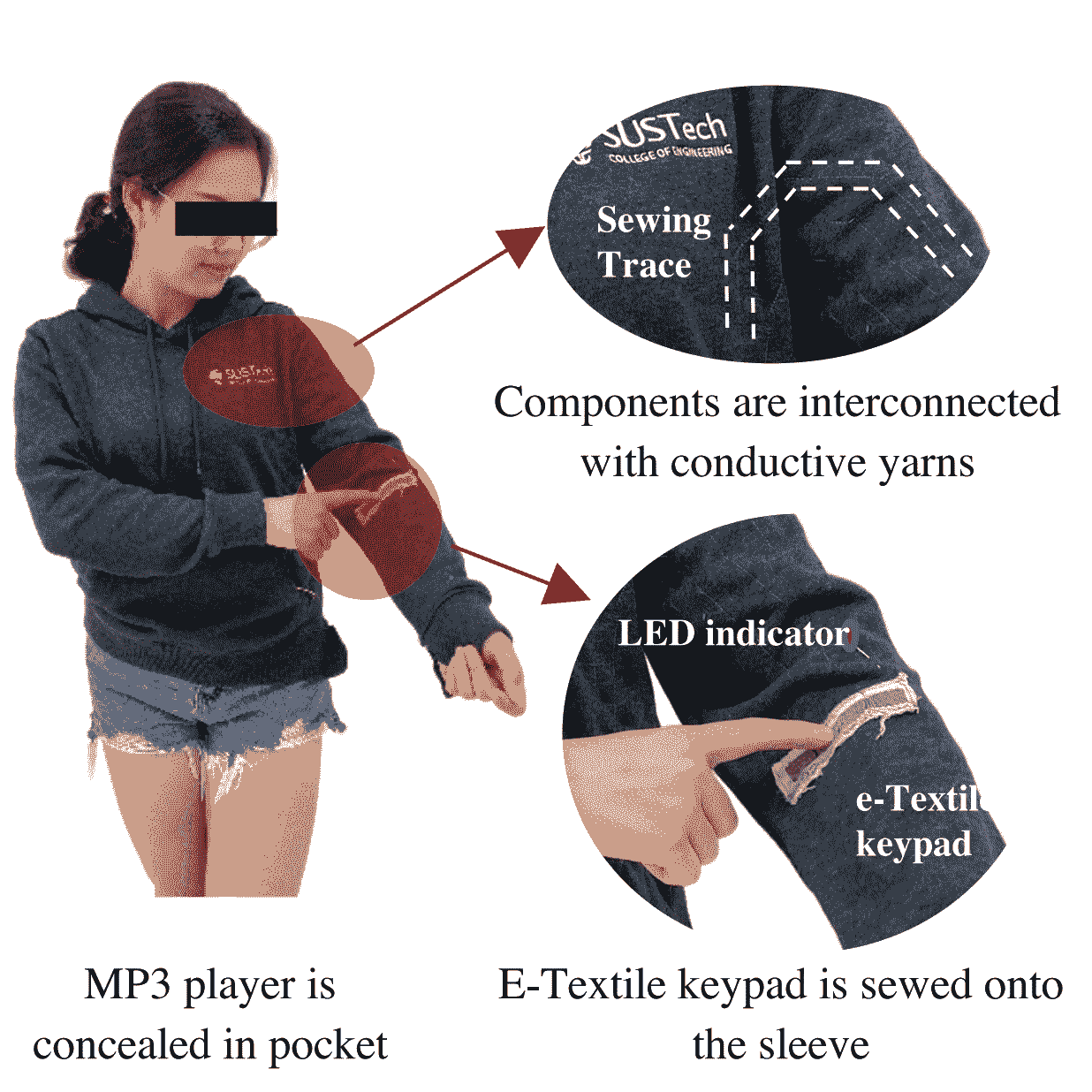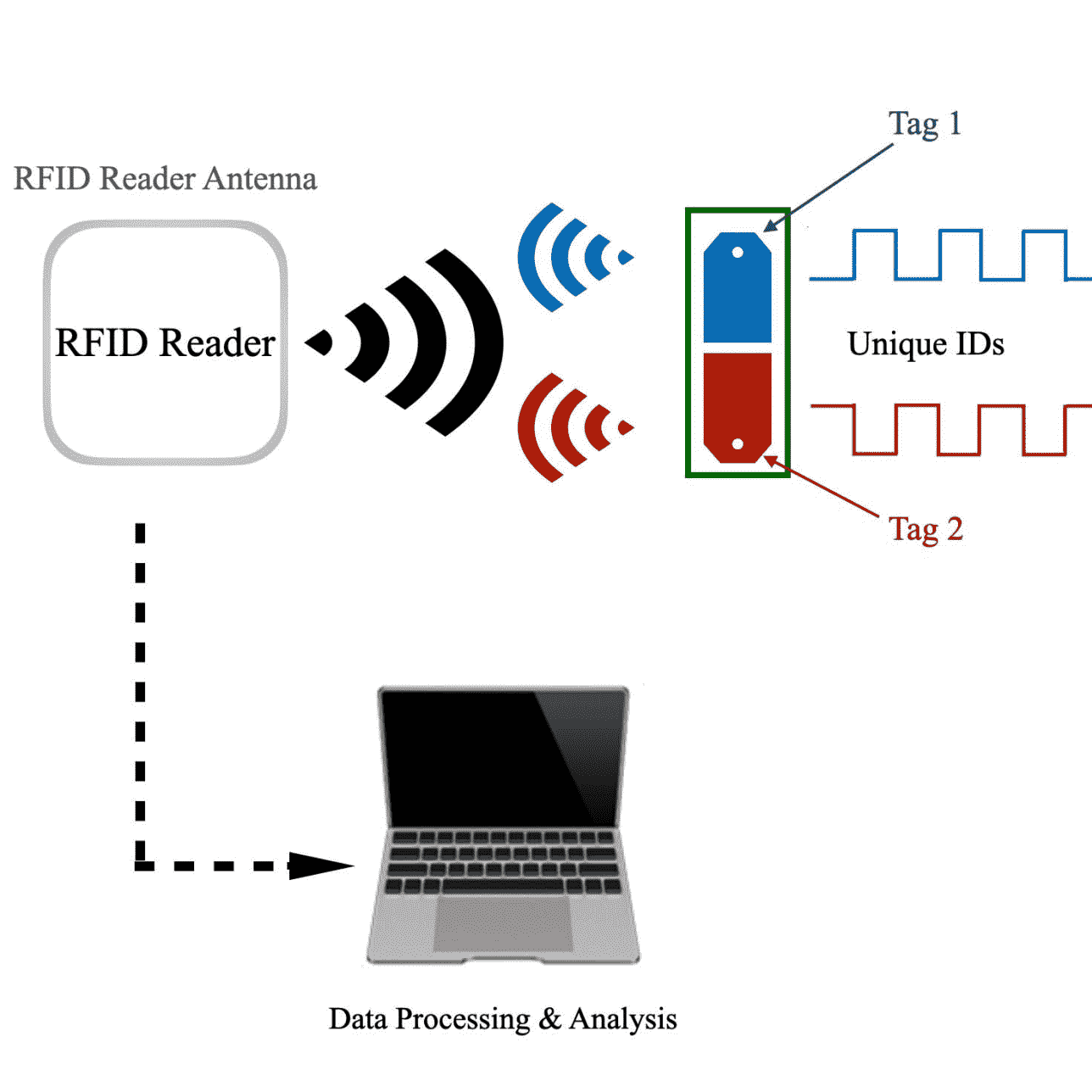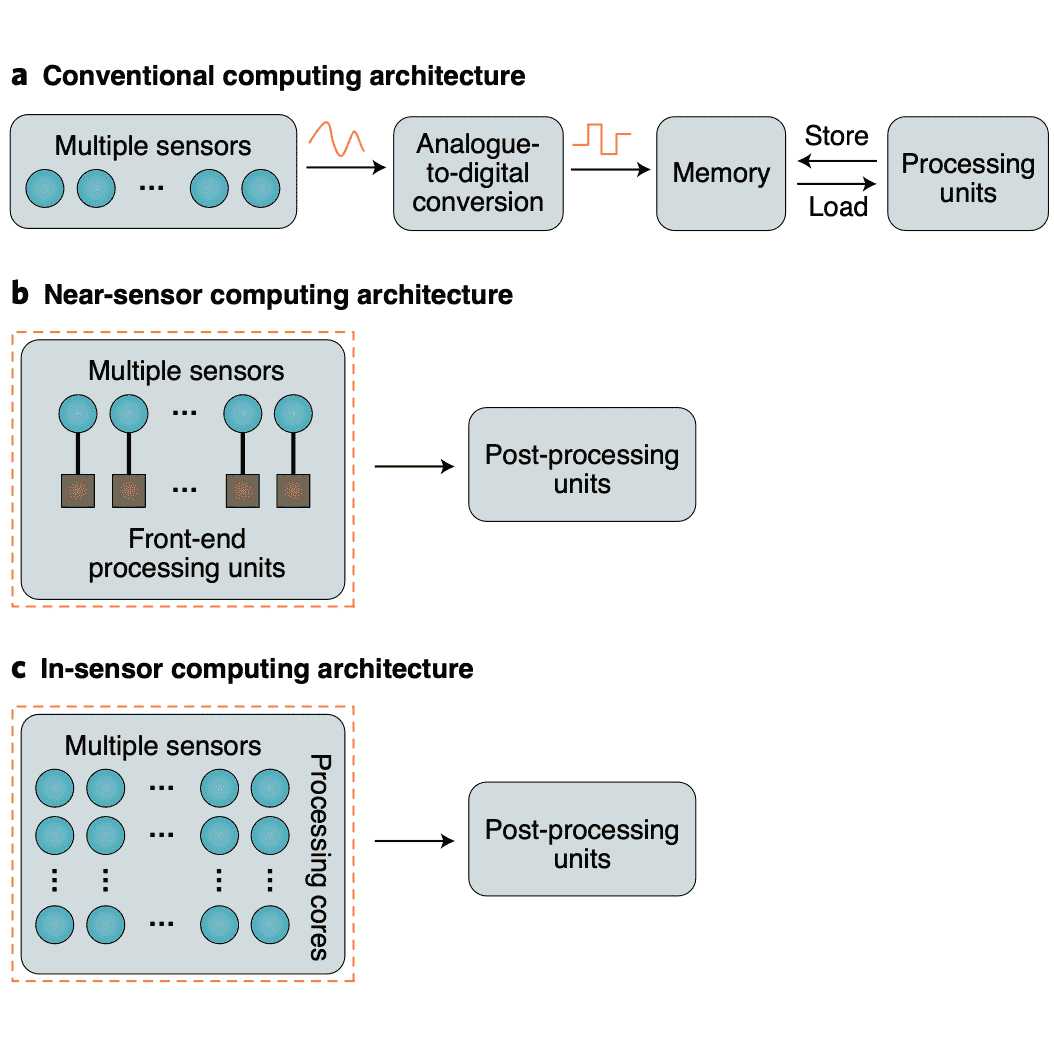Research
This page lists the research projects I am conducting.
 E-Textile Devices
—
E-textile devices, which are made using advanced materials and fabrication techniques, are seen as the future of smart wearables due to their flexibility, comfort, and ease of deployment. Research in this field involves the development and characterization of materials, the design of functional devices, and the creation of fabric computing systems. My work in this area includes the investigation of material characterization, the design of embroidered antennas, and the development of fabric-based sensors. These devices offer a number of benefits over traditional wearables, including improved comfort, flexibility, and durability. As a result, they are being widely explored for use in a range of applications, including healthcare, fitness, and communication. test
E-Textile Devices
—
E-textile devices, which are made using advanced materials and fabrication techniques, are seen as the future of smart wearables due to their flexibility, comfort, and ease of deployment. Research in this field involves the development and characterization of materials, the design of functional devices, and the creation of fabric computing systems. My work in this area includes the investigation of material characterization, the design of embroidered antennas, and the development of fabric-based sensors. These devices offer a number of benefits over traditional wearables, including improved comfort, flexibility, and durability. As a result, they are being widely explored for use in a range of applications, including healthcare, fitness, and communication. test
 Battery-less Sensing
—
Battery-less sensing refers to a type of sensing technology that does not rely on batteries to operate. Instead, it relies on external sources of power to function. This can be particularly useful in situations where it is not practical or possible to replace or recharge batteries, such as in remote locations or in situations where the sensor needs to be left in place for an extended period of time.There are several different approaches to battery-less sensing, including the use of energy harvesting technologies such as solar panels or kinetic energy generators, as well as the use of wireless power transmission technologies. One key advantage of battery-less sensing is that it eliminates the need for maintenance or replacement of batteries, which can save time and money over the long term. Additionally, battery-less sensing can be more environmentally friendly, as it reduces the need for disposing of used batteries.Battery-less sensing is used in a wide range of applications, including environmental monitoring, structural health monitoring, and security systems. It is also being explored for use in the Internet of Things (IoT), where it could potentially enable the deployment of large numbers of sensors without the need for maintenance or battery replacement.
Battery-less Sensing
—
Battery-less sensing refers to a type of sensing technology that does not rely on batteries to operate. Instead, it relies on external sources of power to function. This can be particularly useful in situations where it is not practical or possible to replace or recharge batteries, such as in remote locations or in situations where the sensor needs to be left in place for an extended period of time.There are several different approaches to battery-less sensing, including the use of energy harvesting technologies such as solar panels or kinetic energy generators, as well as the use of wireless power transmission technologies. One key advantage of battery-less sensing is that it eliminates the need for maintenance or replacement of batteries, which can save time and money over the long term. Additionally, battery-less sensing can be more environmentally friendly, as it reduces the need for disposing of used batteries.Battery-less sensing is used in a wide range of applications, including environmental monitoring, structural health monitoring, and security systems. It is also being explored for use in the Internet of Things (IoT), where it could potentially enable the deployment of large numbers of sensors without the need for maintenance or battery replacement.
 In-Sensor Computing
—
In-sensor computing refers to the use of microelectronic devices within sensors to perform data processing and analysis tasks at or near the point of data collection. This approach can significantly reduce the amount of data that needs to be transmitted to a central processing unit, and can also enable real-time processing and decision-making.In-sensor computing is used in a wide range of applications, including environmental monitoring, industrial automation, and military and aerospace systems. It is particularly useful in situations where the data being collected is too large or complex to be transmitted effectively, or where real-time processing is required.There are several different approaches to in-sensor computing, including the use of microprocessors, microcontrollers, and field-programmable gate arrays (FPGAs). These devices allow sensors to perform a wide range of tasks, including data acquisition, data filtering, data fusion, and data analysis.
In-Sensor Computing
—
In-sensor computing refers to the use of microelectronic devices within sensors to perform data processing and analysis tasks at or near the point of data collection. This approach can significantly reduce the amount of data that needs to be transmitted to a central processing unit, and can also enable real-time processing and decision-making.In-sensor computing is used in a wide range of applications, including environmental monitoring, industrial automation, and military and aerospace systems. It is particularly useful in situations where the data being collected is too large or complex to be transmitted effectively, or where real-time processing is required.There are several different approaches to in-sensor computing, including the use of microprocessors, microcontrollers, and field-programmable gate arrays (FPGAs). These devices allow sensors to perform a wide range of tasks, including data acquisition, data filtering, data fusion, and data analysis.

